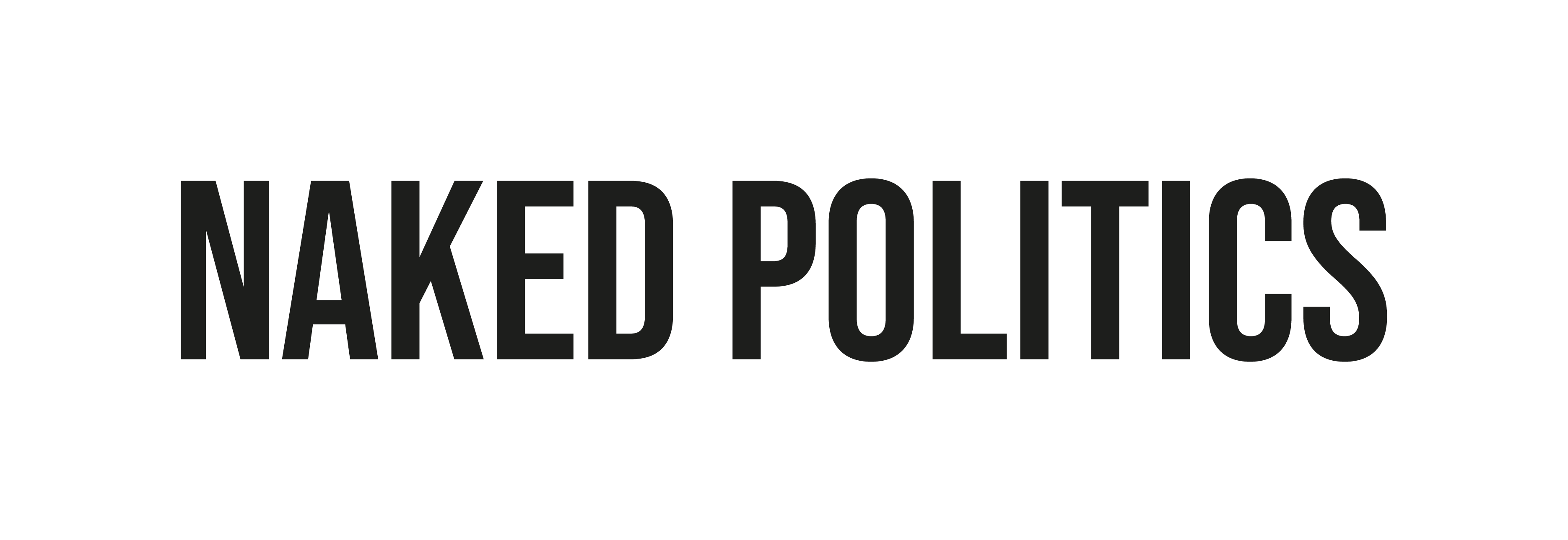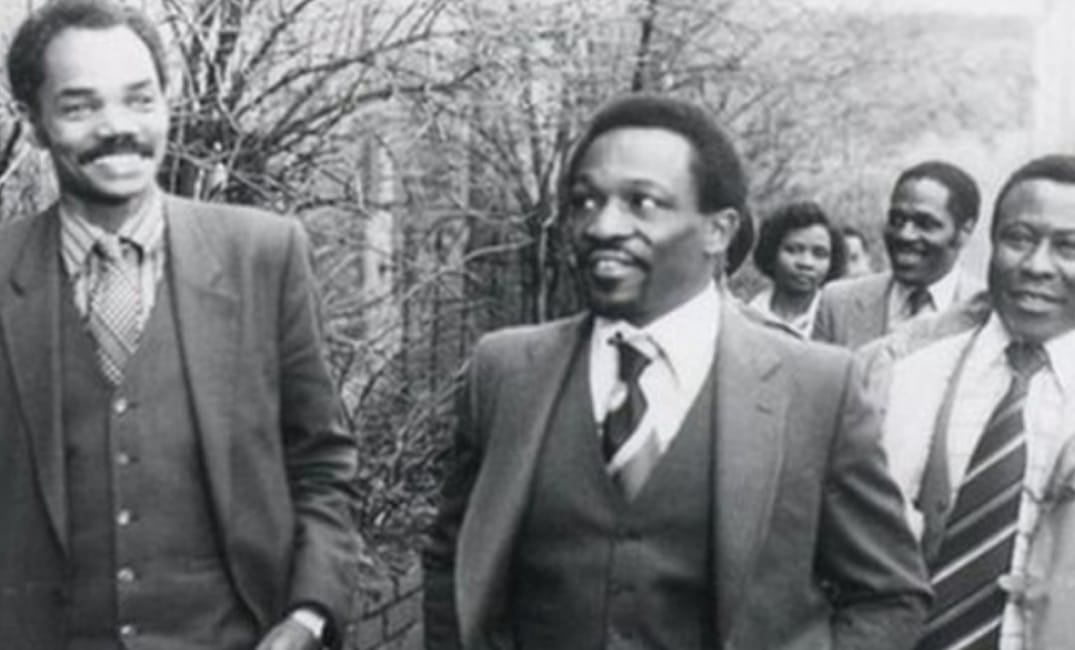Rachel Thacker
The courage of Rosa Parks and her refusal to give up her seat on the bus is widely taught in schools across the UK, and rightly so. Yet our curriculum in the UK has neglected equally impactful events which have taken place here, creating this false narrative that racism is a foreign issue only. The Bristol bus boycott was hugely impactful on the civil rights movement.
Racial Discrimination
Racial discrimination at the time (and now) was both obvious and nuanced . The threat of being attacked by Teddy Boy gangs or having your residences broken into, were daily concerns for the West Indian community who were living in St Paul’s. West Indian families tended to lived here because they struggled to find accommodation elsewhere in the city. The housing system was discriminatory, consciously trying to confine people of colour to certain areas, making the city highly segregated.
When it came to work, many suffered as a result of the systematic racism within industries. Even when it was public knowledge that industries were low on labour, they still refused to employ black individuals. Both the Bristol Omnibus Company and the Transport and General Workers’ Union (TGWU) were both guilty of this, supporting the colour bar and upholding a racist agenda with regard to employment; leaving ethinic minorities underrepresented and the management unaccountable.
Who Were The Boycotters?
Despite there being many people who played a part in the success of the boycott, Owen Henry, Prince Brown, Roy Hackett and Audley Evans were at the forefront of the organisation and execution of the action.
Roy Hackett worked for a construction firm and was a fully paid up member of The Transport and General Workers’ Union. It was after his wife was refused an interview by the bus company because of the colour of her skin that he realised the hypocrisy of the union and how it was only willing to help black workers to a certain extent.
Owen Henry worked to uplift the community spirit and encouraged people to connect with one another, hosting social events in a basement venue located in City Road St Paul’s. Most notably hosting a celebration when Jamaica gained independence in 1962, an event which is still held annually.
Another person to note is Paul Stephenson, a young social worker in the city who met with Owen Henry and learnt more about the work of the council he immediately got involved in. Paul was college educated and articulate, so was designated as spokesperson of the team.
The Plan of Action
Although the colour bar felt very apparent to those who were suffering most as a result of it, the group knew they had to devise a plan which would prove its existence to the wider public.
They involved Guy Bailey and arranged for him to have an interview with the bus company, when he arrived at the office for the interview it was cancelled, despite him being more than qualified. When he questioned why, he was told that they “don’t employ black people.”
Guy’s experience was the same as hundreds of others with backgrounds from across the world, each of them having enough of the degradation and refusal of opportunities. Inspired by Rosa Parks and her defiance to not move from her seat, the group were set on carrying out their own Bristol bus boycott.
To try to gather momentum for their plans they organised a press conference and invited local media organisations, outlying Guy’s interview (or more so lack of) and how they would bring about change by boycotting the bus network. The following day a large number of supporters stopped using the busses, and picketed outside of the bus station disturbing the returning and departure of buses.
Support
People across the city of Bristol immediately got involved in the movement, students arranged a protest march which was routed from the bus station to the Transport Unions headquarters. Celebrities such as former cricketer Learie Constanine, who had since become High Commissioner for Trinidad and Tobago, spoke out against the colour bar to a packed crowd at a cricket match.
Politicians including local MP Tony Benn and opposition leader Harold Wilson were allies to the cause, and the Labour Group running the city council even posed the possibility of expulsion of its members who were complicit to the colour bar.
On the other hand, many people did not support the cause, hecklers on buses would shout abuse and racist insults at the protestors. Plus with the Unions and Bus companies refusal to meet with the West Indian Development council, led to the wars of the local headlines firing back and forth.

Outcome
The pressure which the demonstrations had ignited eventually forced the guilty parties to address their prejudices. On the 27th of August 1963, 500 bus workers attended a mass meeting that brought about the end of the colour bar, forcing those in charge to take action.
Then on the next day it was officially stated to the public that there would no longer be any discrimination in employing bus crews, a huge win for the activist. Interestingly, this happened to be on the same day that Martin Luther King delivered his “I have a dream” speech.
Two years later, Parliament passed a Race Relations Act, which was further amended in 1968, which declared racial discrimination unlawful in public places, and then housing and employment provisions. Many have noted how the Bristol bus boycott certainly had a shift on parliament’s interest to pass such an act.
Legacy
Paul Stephenson, Guy Bailey and Roy Hackett have all since received OBEs for their crucial roles in the bus boycott. If you walk around Bristol you can see art and murals dedicated to these men and their efforts. Yet the sentiment hasn’t reached further than beyond the city.
Possibly it’s the similarity to Rosa Parks or the fact it aligned so poignantly with the famous “I have a dream” day that it feels like such a missed opportunity that we haven’t been taught more about this event. Once you question why, you realise that the reason is pretty clear.
Thanks for reading our article! We know young people’s opinions matter and really appreciate everyone who reads us.
Give us a follow on Instagram, Twitter and Facebook to stay up to date with what young people think.

